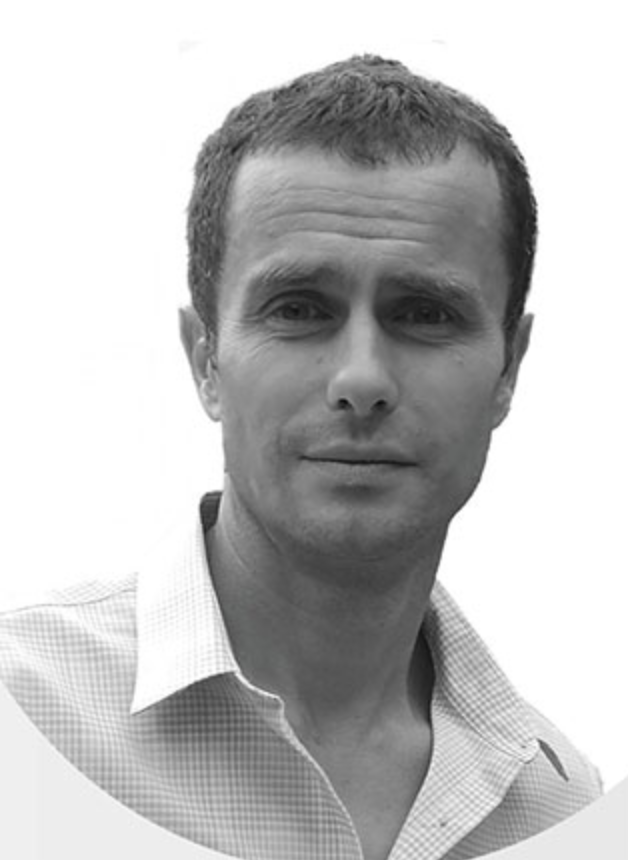
Features
Business
Demystifying ESG: what’s all the fuss about?
April 22, 2024 By James Hartshorn
 James Hartshorn is an environmental scientist and ESG practice leader with SLR Consulting (Canada) Ltd.
James Hartshorn is an environmental scientist and ESG practice leader with SLR Consulting (Canada) Ltd. ESG has become the buzzworthy acronym that you can’t escape. It permeates the news we read, echoes through the voices of our senior leadership and shapes our work. Despite the constant exposure, many are left wondering what it really means.
ESG stands for Environment, Social and Governance. It’s a financial term, introduced by the lending community to capture the long list of legacy and emerging investment risks that are relevant to borrowers and sponsors. These risks are not all that new, they have just been rebranded. You can think of it as sustainable development — growth that can be sustained, meeting the needs of the present without compromising the ability of future generations to meet their own needs. This term was introduced to us in the late 1980s through the World Commission on Environment and Development’s Brundtland report, which laid the groundwork for the first Earth Summit in Rio de Janeiro in 1992. However, operationalizing the idea of sustainable development on a global scale proved to be a challenge.
It just didn’t readily translate from boardrooms to projects. ESG is sustainable development in a new jacket. It packages societal risks into a set of imperatives that make sense for business. It breaks down global challenges like climate change, resource depletion, food insecurity and human rights into bite-sized solutions that businesses can readily understand and tackle.
The aggregates and roadbuilding industries have grappled with environmental and community issues since their inception, long before Brundtland even coined the term ‘sustainable development.’ The big difference now is that there are more issues to think about, and there is much greater demand from stakeholders for transparency, progress, and real, verifiable improvement to the health of the planet and its inhabitants. A check mark on legal compliance is no longer enough.
In the past few years, aggregate operations have had to quickly adapt to these heightened ESG requirements to meet the demands of their clients. This holds particular significance in dealings with government and large corporations, where adherence to specific ESG criteria can be the difference between winning or losing work. You now need to know the answer to questions relating to your energy transition plans, your circularity strategy, your greenhouse gas footprint, and your policy on human rights. Where were those questions 10 years ago?
While this may sound daunting, staying ahead of the curve with a proactive ESG approach is surprisingly straightforward.
Whether you are just starting to think about your strategy, or you are already well along the way, a prudent step for any company is to undertake an ESG Materiality Assessment. This assessment looks critically and deeply at your business activities to identify the impacts that you have on the environment and society, and at the same time identifies and classifies the impacts that the environment and society do and will have on your business. It’s an important foundation for your risk management strategy, and it is the best way to thoroughly identify and prioritize those ESG risks that matter most to your operations. Like any part of your business, you always want to put resources where they add the most value, and a Materiality Assessment can help achieve this for ESG related issues.
An ESG Materiality Assessment can apply at any scale: a project site, a small business or a multi-national company. The risks (and opportunities) might look different, and the effort to figure things out will vary, but the overall approach is transferable and will set you up for long-term success in meeting the demands of clients, stakeholders, and the health of our planet.
Embracing a proactive ESG approach not only meets current demands but ensures a company’s resilience and success in the years to come. As an added bonus, senior leadership will consider you a superstar for figuring this ESG thing out!
James Hartshorn is an environmental scientist and ESG practice leader with SLR Consulting (Canada) Ltd.. James has worked in the environmental and safety field and on sustainability solutions for almost 30 years. That work has taken him all over the world to provide advice and support to organizations in manufacturing, mining, energy, power and infrastructure. He can be reached at jhartshorn@slrconsulting.com
Print this page